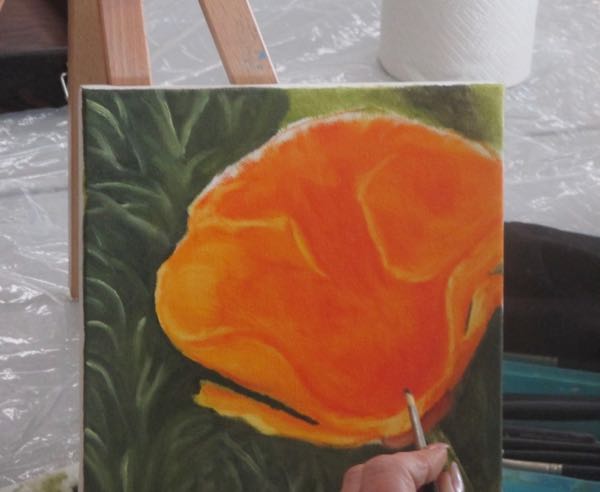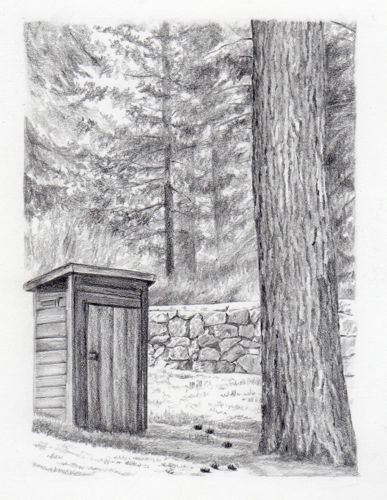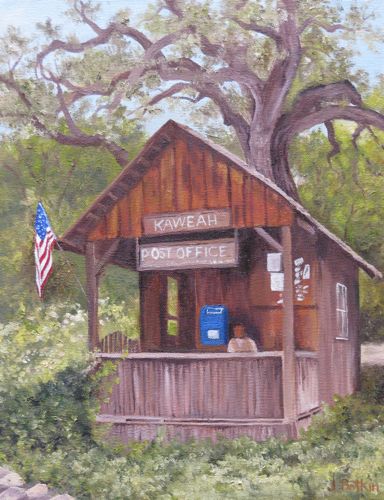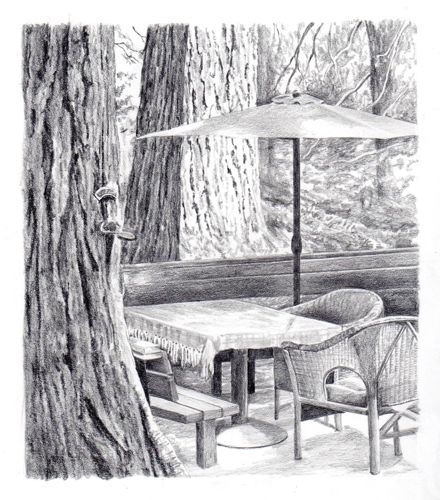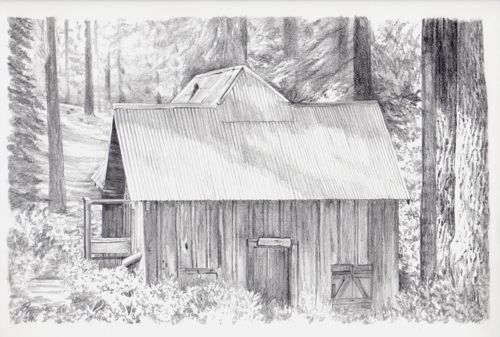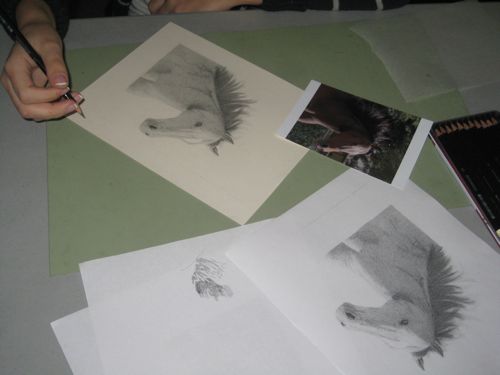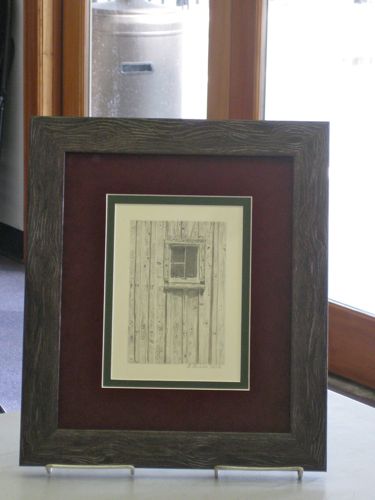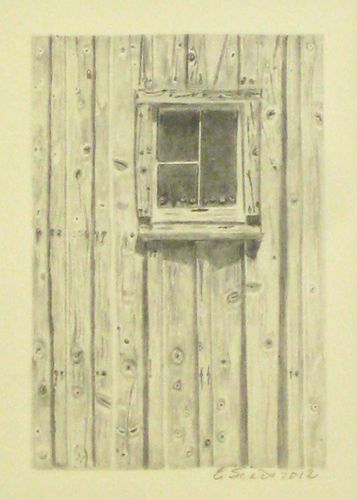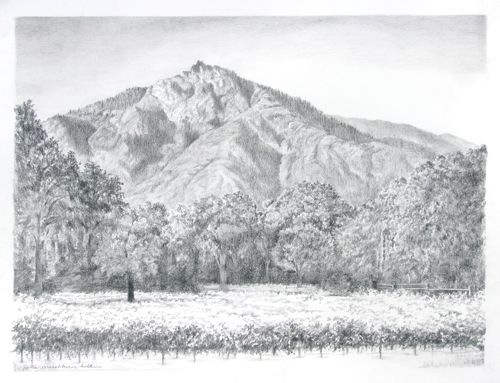
Pencil drawing from the upcoming book The Cabins of Wilsonia
I have a theory about people who draw. It is based on teaching people how to draw since 1994. In addition to teaching people how to draw, I draw myself. (Oh? You didn’t know that about me?) I have also spoken to many people who draw for fun and those who draw for profit.
If you have the following three qualities, I believe you might be able to really draw well:
- Perfectionistic tendencies
- Nearsightedness
- Lefthandedness
None of these things are necessary, but each one has its strength.
Perfectionism
Perfectionists seem to do well with the finicky detailed nature of pencil drawing. Detail is hugely important in drawing well. So are values (the lights and darks), composition, hard edges and soft edges in the appropriate places. And proportion – oh my goodness – gotta get those shapes and sizes right. Getting the idea yet? There are many things that have to be Just Right in drawing, because there is no color to distract.
I am not a perfectionist and have to work hard to remember to stop the “get-er’dun” tendencies. It is fun to finish things. It isn’t fun to think I am finished and have to return to fix something.
Nearsightedness
If you are nearsighted, you are more tuned in to detail. Sometimes it is all a myopic person can see! I think of it as an asset for a pencil artist. (Glass is always half full!)
Up until a few years ago (ahem) I was able to put my nose a few inches from a pair of ants playing checkers and know who was winning. (What? You’ve never seen ants play checkers?) I might still be able to do this if I pop out my contact lenses. Now, with the contacts, I have to wear old-people-sit-on-your-nose magnifiers. Sometimes they aren’t strong enough. And have you noticed that all the lights are dimmer than they used to be?
Left-handedness
There is a connection between the left hand and the right side of the brain. (There is a book about it called Drawing on the Right Side of the Brain, by Betty Edwards.) The right side understands the non-verbal things in life such as proportions, perspective, and values. The theory is that left handed folks are right-brain dominant and thus more naturally equipped for tasks such as drawing.
I am right handed. Oh-oh, I can hear you wondering how I could possibly be an artist with 2 strikes against me. Here is the answer: I am left-eyed. A dominant left-eye is almost as good as a dominant left hand. (Phew, had you worried there, didn’t I?)
If you don’t have a single one of these three qualities but you want to learn how to draw, I can still teach you how.
The only people who haven’t learned to draw from me are the ones who quit too soon!



